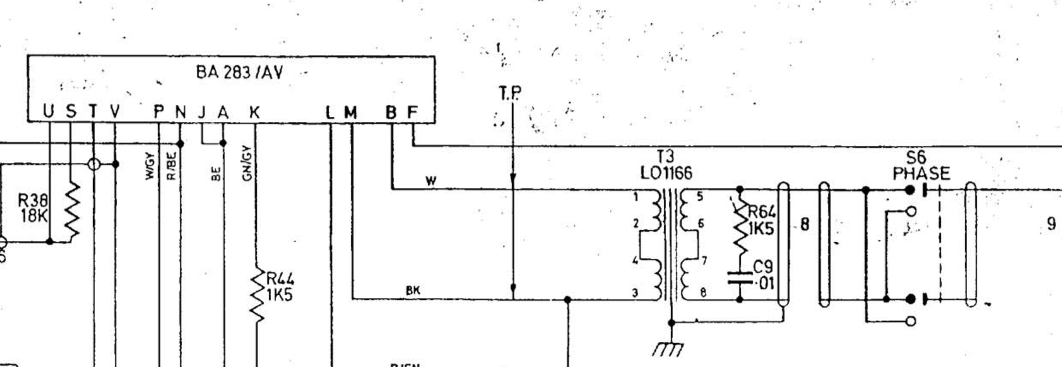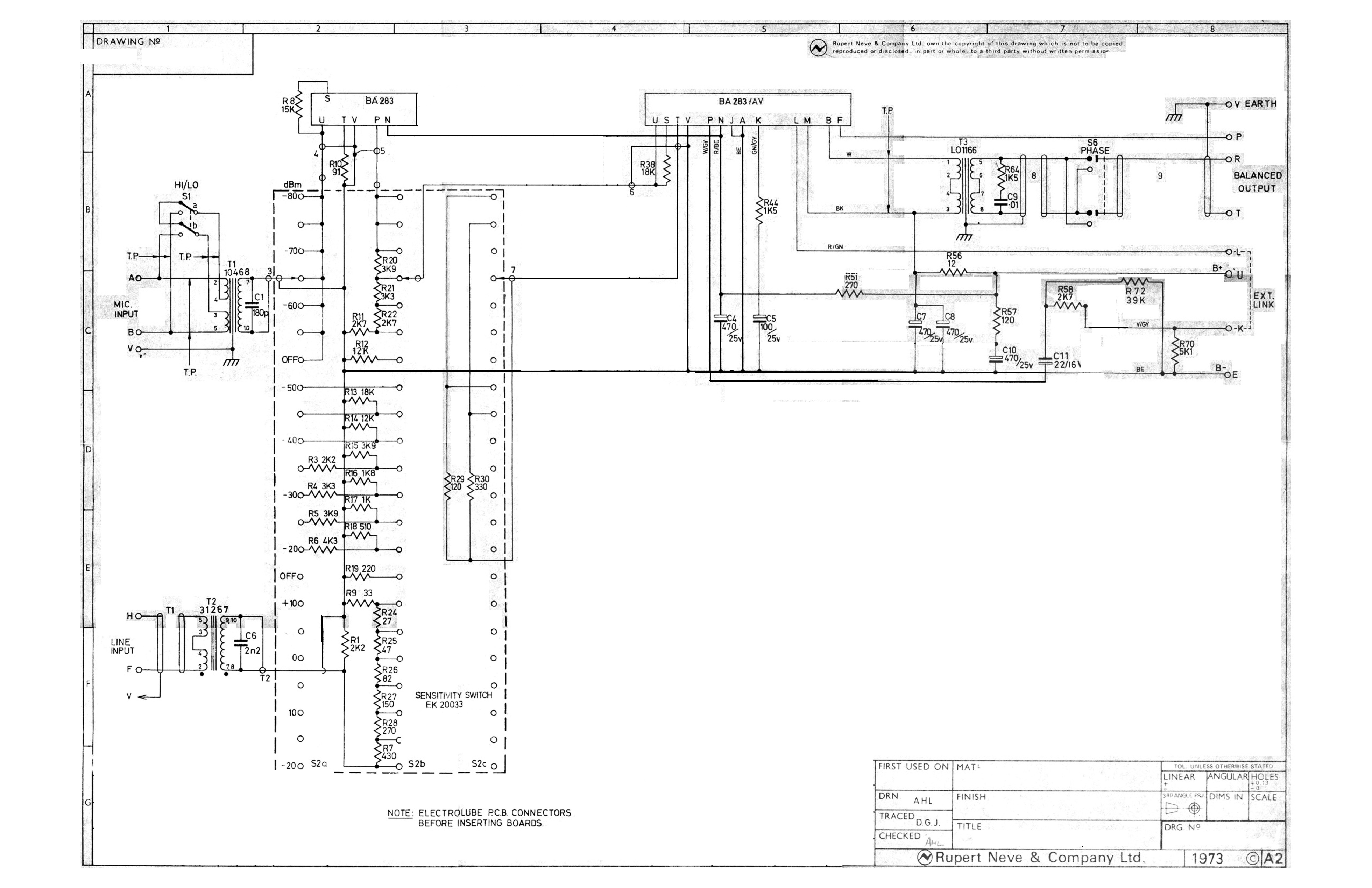Clakejr said:Which BOM should I download v2.5 or v2.6? I recently just purchased the EZ1290 PCB and I have a few more on the way help is welcome as I am a novice.
The BOM is referenced to the version of the PCB you purchased.
Which version did you buy?
Clakejr said:help is welcome as I am a novice.
Nice for Joining.
Welcome to this great and friendly Community
First help I can give you:
- Be friendly, respectful and be willing to learn
- Read this thread.
Everytime you are doing a new project read the build thread relevant to that project, have Word open and copy the relevant info to a Word doc, call it "Project Comp". It will help you out a lot when you are building the project and it will make you build a breeze
- Never ask a question and Never start a new thread without searching about that subject here in the forum.
There's a big chance there's already a thread on the same subject in the forum
- Never ask a question and Never start a new thread without searching in google first
- last advise is Read this thread.
Have a good time




































